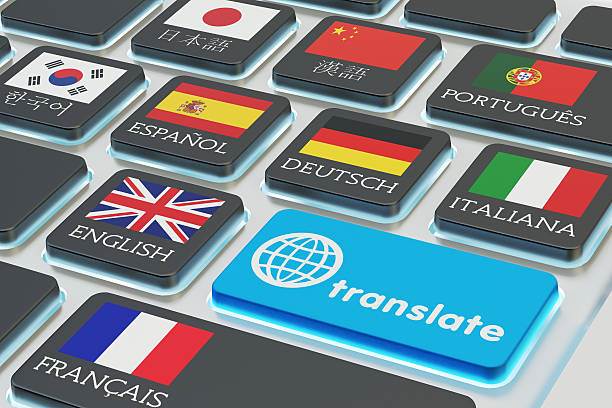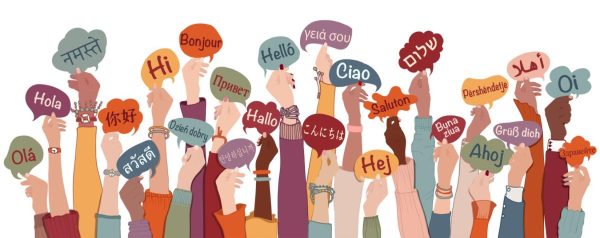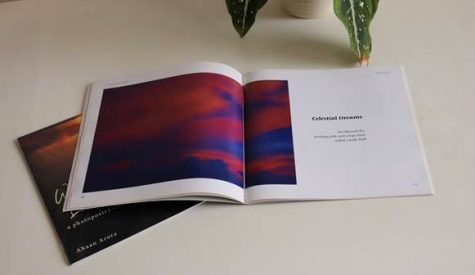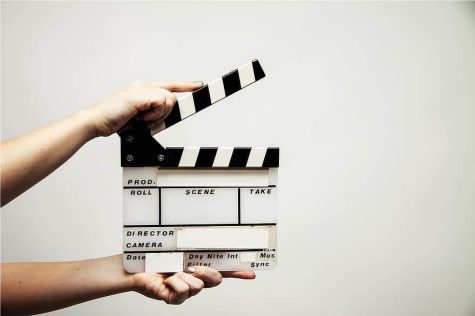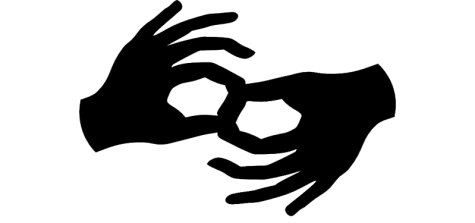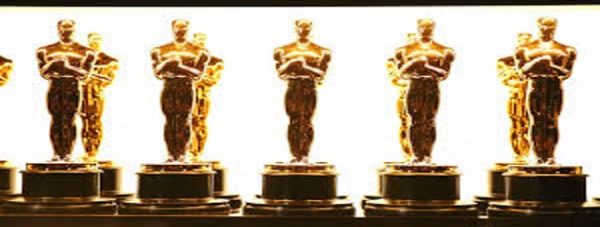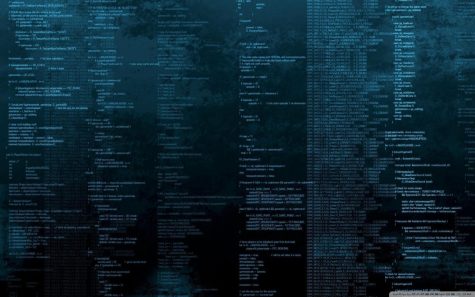The Art of Translation
In today’s increasingly digitalised world, Artificial intelligence (AI) has become an important tool that enables us to translate and further enhance communication with the people around us. But how does a machine translation hold up to the nuances of a human-translated text?
The most important principle of translation is that it conveys the original meaning of the text that we are translating. However, most of the time, even the “best” translations are only passionate approximations of the original text. The biggest problem with translating between languages is the lack of equivalent words in the language into which the text is being translated. Sometimes an equivalent word simply does not exist, and so the translator is forced to face the conflict between translating things literally as they are, or taking liberties.
Depending on the purpose of the text and its intended audience, human translators may choose between making literal or more cheeky translations, and will sometimes draw a combination of these inferences. In contrast, machine translations fail to take into consideration these factors, and offer the most literal translations of an original text. In terms of official legal documents, literal translations may be the better option. However, when it comes to literary or informational texts, literal translation often fails to capture the true purpose and meaning of the original text.
The art of translation is that translators are often forced to push the boundaries of language whilst still working under extreme linguistic constraints. For example, someone translating a language such as Korean, Chinese, or Spanish into English often has to stretch the limits of what is conveyed in English. Particularly in literary translations where the limitations of languages are tested by authors, translators face the daunting task of according to the ways the language is tested when they translate it into English.
However, literary translation could also be an area of endless possibilities. Afterall, poems and novels are meant to inspire different interpretations from different readers. As such, when works of literature are translated into English, it may be even better to have multiple translations done by multiple people. Ancient Greek epic poems such as Homer’s Odyssey and Iliad are being continually revised and are translated by a community of people even to this day. Having multiple translations provides readers with the opportunity to savour the original text in its different flavours.
Machine translations, however, are unable to provide the same kind of multi-dimensional approach that human translations are able to achieve. More often than not, machine translation will simply give you the literal meaning of what has been typed in theGoogle Translate box. Of course, in cases for which you are unable to hire translators, machine translation can be an effective alternative to help you understand the text to a certain extent. However, it is best to keep in mind that it may not be able to give you a good translation of the original text because machines often fail to consider the context, purpose, and intended audience of the texts in the same way that human translators do.
Sources and Recommended Reading:
The Art of Translation by Jiří Levý https://books.google.com.sg/books/about/The_Art_of_Translation.html?id=PXF8qOzNoP8C&redir_esc=y


